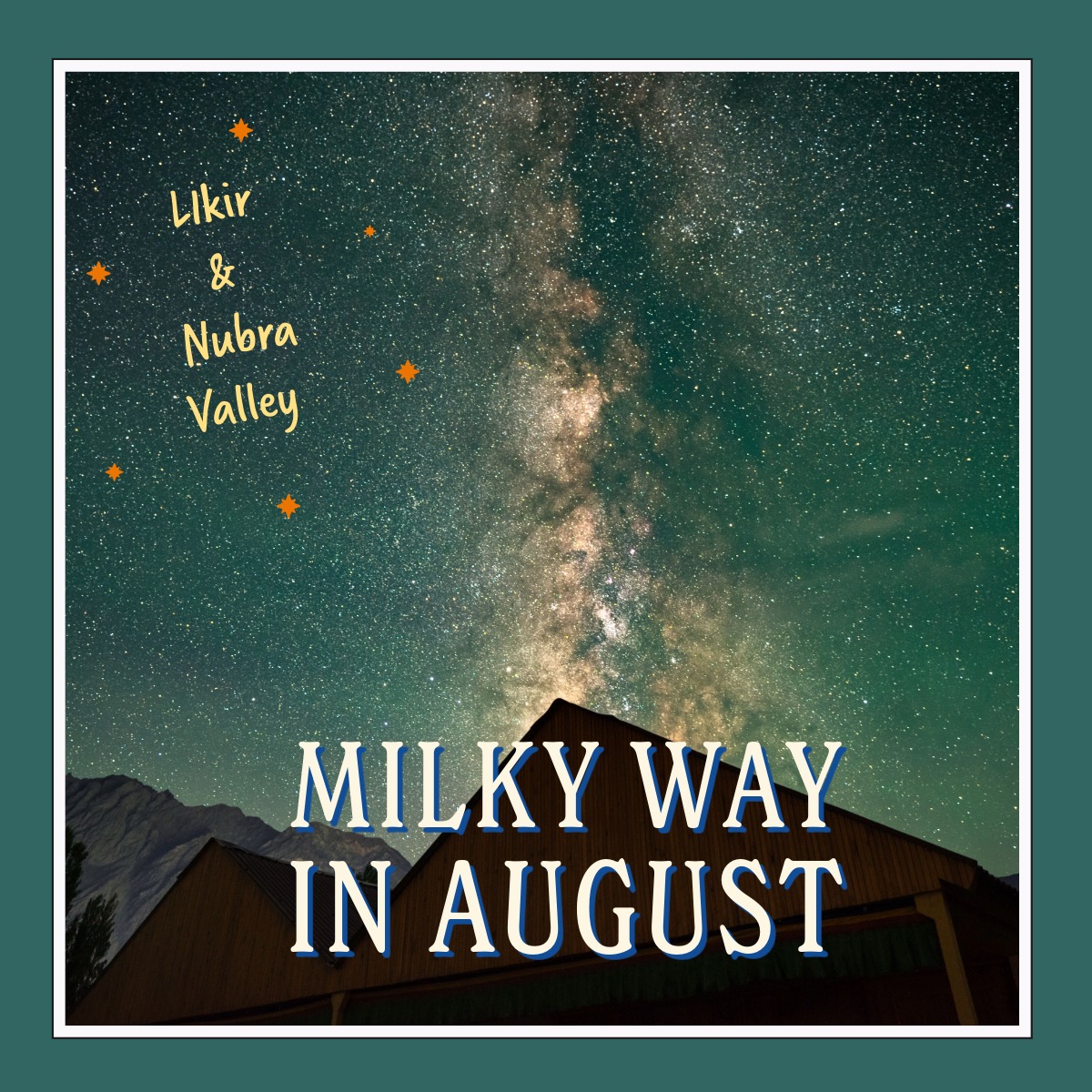
August typically marks the height of the monsoon season in India, making it difficult to find destinations with clear skies. However, I was fortunate to embark on a spontaneous trip to Ladakh in early August. Over the course of five days in the high-altitude terrain, I managed to capture the Milky Way on three separate nights. Along the way, I discovered some intriguing insights into astrophotography.
Planning a Milky Way photography expedition usually requires meticulous preparation. Last year, my photography friends and I visited Zanskar in September and succeeded in capturing the Milky Way against the majestic backdrop of Gumbok Rangan. That journey involved hiring a local guide and traversing rugged terrain to reach our campsite at the base of the mountain. It was an exhausting trip, but the results were worth it. Read about that epic adventure by clicking this link.
This year, however, the trip was casually planned and my expectations were low. Given that August is still peak monsoon season in India, I had low expectations. Adding to this, my experience at the Bangalore airport was more harrowing than usual. Flying in India has become increasingly stressful, with CISF personnel showing little regard for passengers’ time and safety, making the experience miserable. I almost missed my flight because they kept scanning my camera bag repeatedly, wasting time. On top of that, I had recently moved cities, so this trip was unlike any of my previous ones.
Likir: A Quiet Start
Since acclimatization is essential after arriving in Leh by flight, I had booked a homestay in Likir, a village 50 kilometers from Leh, at the same altitude and ideal for adjusting to the altitude. From the airport, I took a taxi to Likir and stopped for some samosas at Nimo along the way.
Likir isn’t particularly known for any major attractions. Most visitors come to see the Gompa (monastery) and the newly built Buddha statue. It’s close to Bagso and Alchi, both important Buddhist pilgrimage sites. Upon arriving in Likir, I was surprised to find the village almost deserted. My taxi driver struggled to find an alternate route to the homestay as the main road was blocked due to construction. After some effort, we finally reached our destination.
Since I arrived early, around 9 a.m., my room wasn’t ready. I was staying with a Ladakhi family: Stanzin, his wife, their four children, and their pets. The traditional home was comfortable, and my room was spacious. That morning, the sky was overcast, and the weather had been unpredictable leading up to the trip. There were reports of flights being canceled due to a heatwave in Leh, so I wasn’t even sure I would make it to Ladakh. But now that I had reached Likir, I hoped for a stroke of luck to capture the Milky Way. After all, all my recent trips have been photography-focused, and I knew that luck plays a huge role in Milky Way photography.
Likir lacks public transportation, and I didn’t have a taxi at my disposal. I spent the day acclimating by exploring the nearby monastery, just a short walk from the homestay. The village is dotted with numerous Buddhist stupas, and the idea of using them as a foreground for Milky Way photos excited me—if only the thick clouds would clear.
In August, Likir is lush and vibrant. The glaciers melt during the day, creating crystal-clear streams that run through the village. The fields are a vivid green, and wildflowers bloom everywhere, making the scenery look like something out of a postcard. Since our homestay didn’t serve lunch, I walked to the nearby restaurant. The village seemed to have only one restaurant and a few shops near the monastery. Although it was just a short walk, I felt extremely strained, being my first day in Leh. If I visit Likir again, I’ll definitely rent a two-wheeler and ride down from Leh. Higher up from the monastery, Likir offers some truly stunning views, but my lungs and legs couldn’t take me there.
After catching up on sleep, I looked forward to some sunset photography. A beautiful field was just outside my window, and according to PhotoPills, the Milky Way would rise in front of it. I quickly set up a camera for a day-to-night timelapse. Miraculously, the clouds disappeared as night fell, and I was awestruck by the sight of a billion stars shining brightly in the sky. The recent rains had cleared the dust, enhancing the clarity of the Milky Way, which was visible to the naked eye. It’s a sight few get to witness, and it’s only possible in select regions of India. Although Likir had some light pollution at the horizon, the Milky Way still looked stunning in the photographs.
I captured various compositions late into the night, and finally, I retired to bed, still mesmerized by the Milky Way’s visibility. Usually, on Milky Way trips, we make the most of the galactic core’s visibility and don’t pack up until it sets. However, that night, since I couldn’t think of any more compositions and didn’t have the means to explore new locations in Likir, I retired early.
My body had gotten better accustomed to the high altitude the next day. I was not panting that much, and after breakfast, I went to the gorge below the homestay to capture the glacial river. There were no other tourists, and the time spent by the river was enjoyable. However, it soon got very warm as the sun went higher up in the sky. So I was back indoors. After another hike up to the Gompa for lunch, and a quick nap, it was time for more sunset photography. This time, I went to the southern part of the village, only to discover more beauty around. Likir truly won my heart that evening!
The sky cleared up magically once again, and the Milky Way shone gloriously in the sky. I was legit not expecting clear skies the second night, given how cloudy it was during the day. I now had extra energy in my body that evening, and I was able to make more lovely images. For a person who had arrived at Leh with no expectations, I sure did fill up my memory cards with a lot of data!
The one thing which disappointed me about Likir was the presence of a strong light source at a distance – possibly from a telecommunications tower. It was in such a location that I could not avoid it in my Milky Way photos. Purists may not consider Likir to be good enough for Milky Way photography for this reason. But to me – this quiet village, with its natural beauty, was exactly how I wanted to spend my vacay. In the past, I have gone to far away remote places and struggled with the lack of basic amenities for the sake of Milky Way photos. But in Likir, I just had to step out of my homestay for to get some of my clearest shots of the Milky Way – and that too in the monsoon season. What luck!
Exploring Nubra Valley
After a lovely stay and some great photographs at Likir, it was time for the next leg of the journey. I again did not anticipate much action but I kept my camera batteries chaged anyway. Nubra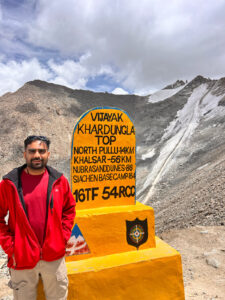 was meant for touristy things. I wanted to see what draws people there. The journey from Likir to Nubra wasn’t easy. My body struggled as we reached 17,900 feet at Khardung La, and the roads deteriorated. Parts of Ladakh were affected by flash floods, and the road from Nubra to Pangong Tso was closed due to the swollen Shyok River. Consequently, traffic on this route was heavy, as tourists had to return to Leh and take an alternate route to reach Pangong. I was grateful for the clear nights in Likir after hearing about the weather near Pangong, and I was glad Pangong wasn’t on my itinerary.
was meant for touristy things. I wanted to see what draws people there. The journey from Likir to Nubra wasn’t easy. My body struggled as we reached 17,900 feet at Khardung La, and the roads deteriorated. Parts of Ladakh were affected by flash floods, and the road from Nubra to Pangong Tso was closed due to the swollen Shyok River. Consequently, traffic on this route was heavy, as tourists had to return to Leh and take an alternate route to reach Pangong. I was grateful for the clear nights in Likir after hearing about the weather near Pangong, and I was glad Pangong wasn’t on my itinerary.
I arrived in Nubra after lunch and had chosen a riverside property in Hunder, away from the main town, hoping for clear skies once again. The drive to the resort was a bit unnerving, as the river had covered parts of the path, but locals assured me that there was little chance of the road being completely washed away. Despite the abundance of water, I never encountered rain during my stay in Ladakh. The water came from fast-melting glaciers, a stark reminder of the impact of global warming.
Hunder was different from Likir in many ways. The town was filled with homestays, lodges, and hotels. The river basin was vast, and the sand dunes that Nubra is known for were intriguing. A dirt-laden river, a green valley, and sand dunes coexisted, with rugged mountains towering over them. Tourists of all kinds, from bikers to families, gathered at the sand dunes to see and ride the famous Bactrian camels. As a photographer, I felt a bit out of place, wanting to capture the lush greenery and unique sand dunes minus the people and litter. After a short walk away from the touristy area, I managed to capture some frames, though they didn’t fully do justice to the vastness and beauty of the valley.
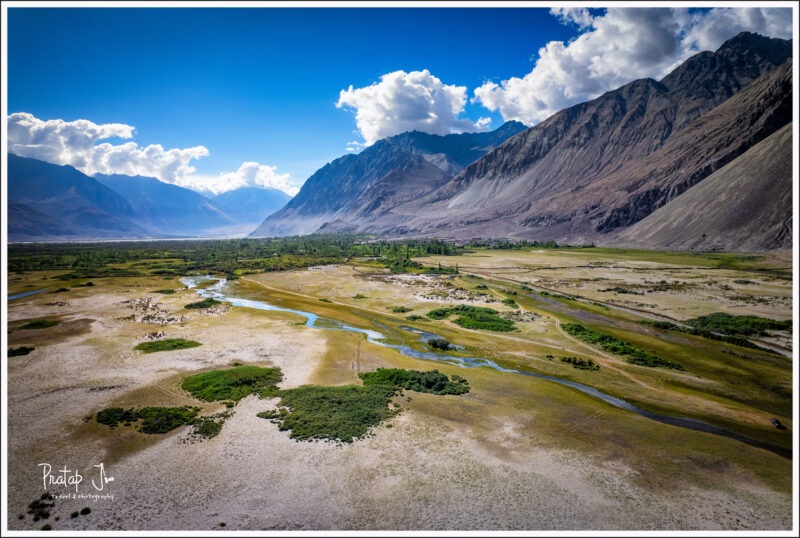 That night, the winds were strong, and the sky was completely overcast. The howling wind sweeping across the valley reminded me of the primal force of Mother Nature, making photography impossible.
That night, the winds were strong, and the sky was completely overcast. The howling wind sweeping across the valley reminded me of the primal force of Mother Nature, making photography impossible.
The next day, I visited the hot spring at Panamik and a few other attractions along the way. The drive to Panamik follows the same route to Siachen Base Camp, the world’s highest battlefield. Near Panamik, I saw a different side of Ladakh: lush green villages standing out like small oases in the vast valley. Though the hot spring wasn’t well-maintained, it was still a unique experience. The villages were sparsely populated but had modern houses, unlike the older-style settlements in the Zanskar region. The lack of tourists was a welcome change for me.
That evening, I did some riverside photography near the resort. The sky cleared up once again, and I had another chance at Milky Way photography. After dinner, I drove to the sand dunes and finally got the shot I wanted: the Milky Way over Nubra’s sand dunes. The trip felt complete after that.
Takeaways
One of the biggest lessons from this trip was realizing that there are many places in Ladakh where you can capture the Milky Way. I often hear that Hanle is the best spot, but that’s not entirely true. Although I haven’t been to Hanle, a photographer friend who has visited tells me it’s a barren place. The presence of the Indian Astronomical Observatory (IAO) telescopes might give the impression that Hanle’s sky is better suited for Milky Way photography. However, after seeing the photos from this trip, I believe you’ll agree that Likir and Nubra are equally suited for astrophotography. All you need is a vehicle at your disposal.
I’m grateful that a place like Ladakh exists in India. Spending even a few nights under dazzling skies reminds me of our small place in the vast cosmos. I only hope that Ladakh’s natural beauty and night skies remain protected from the negative impacts of tourism.
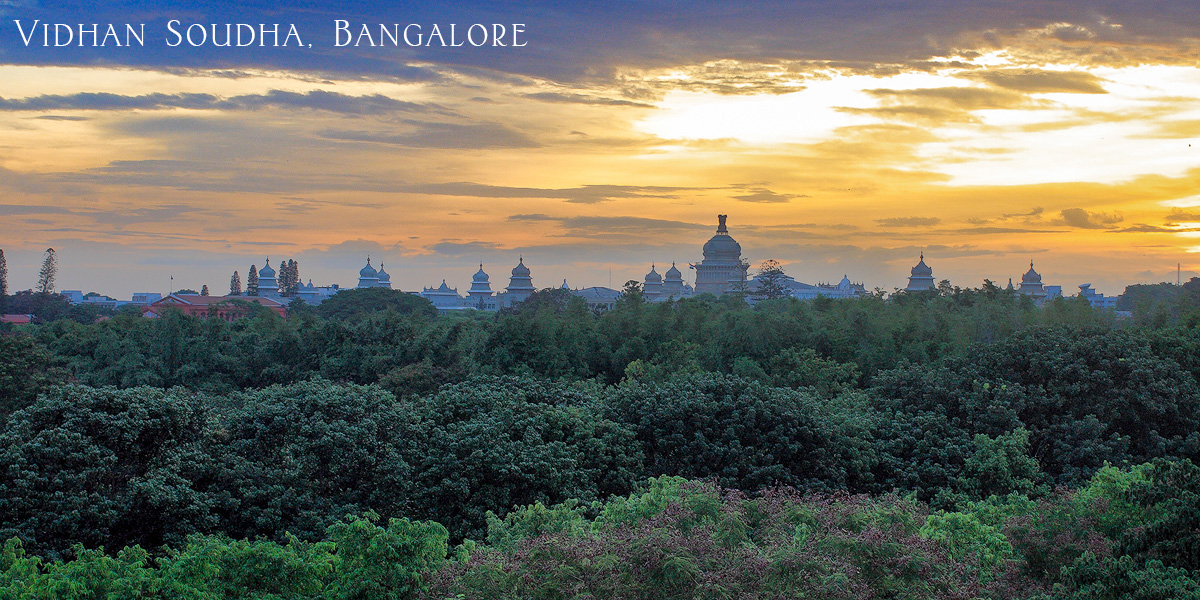
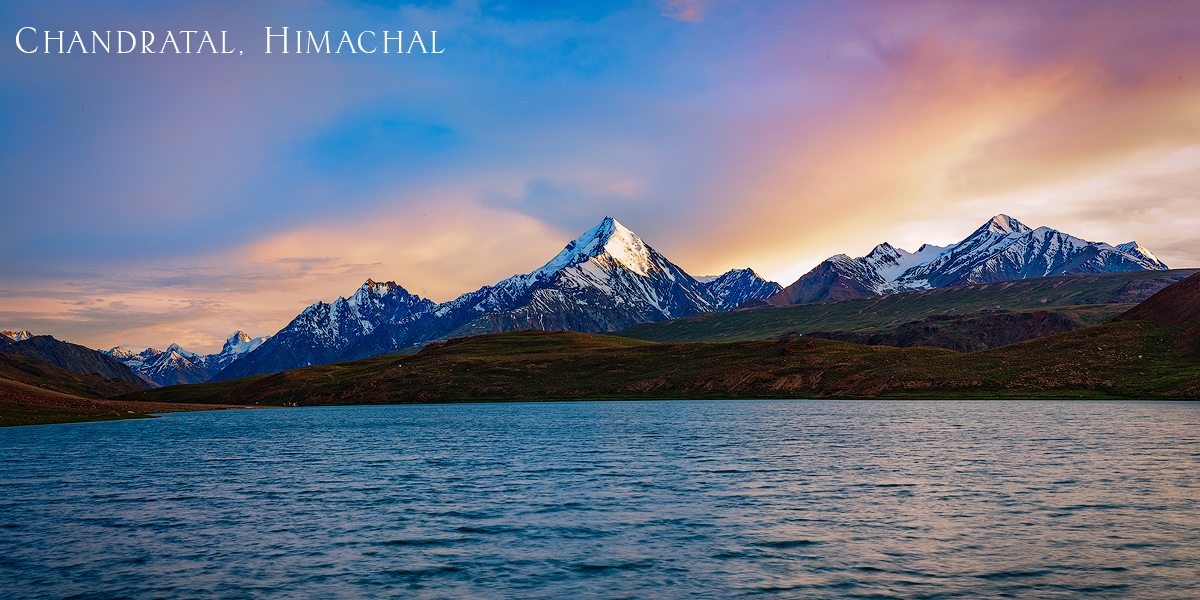
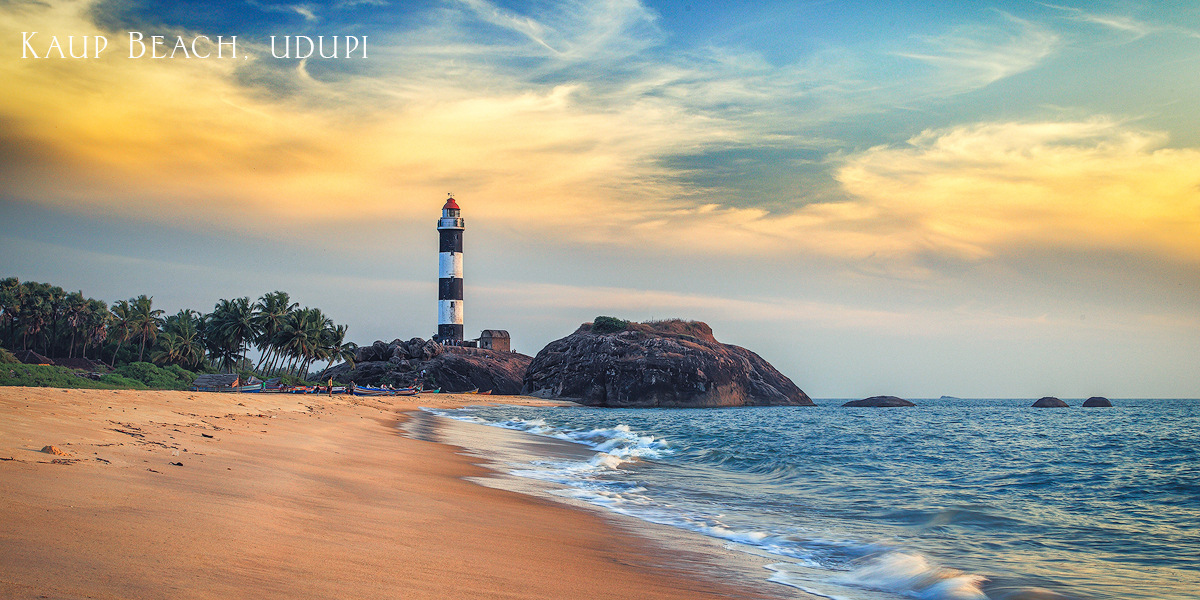
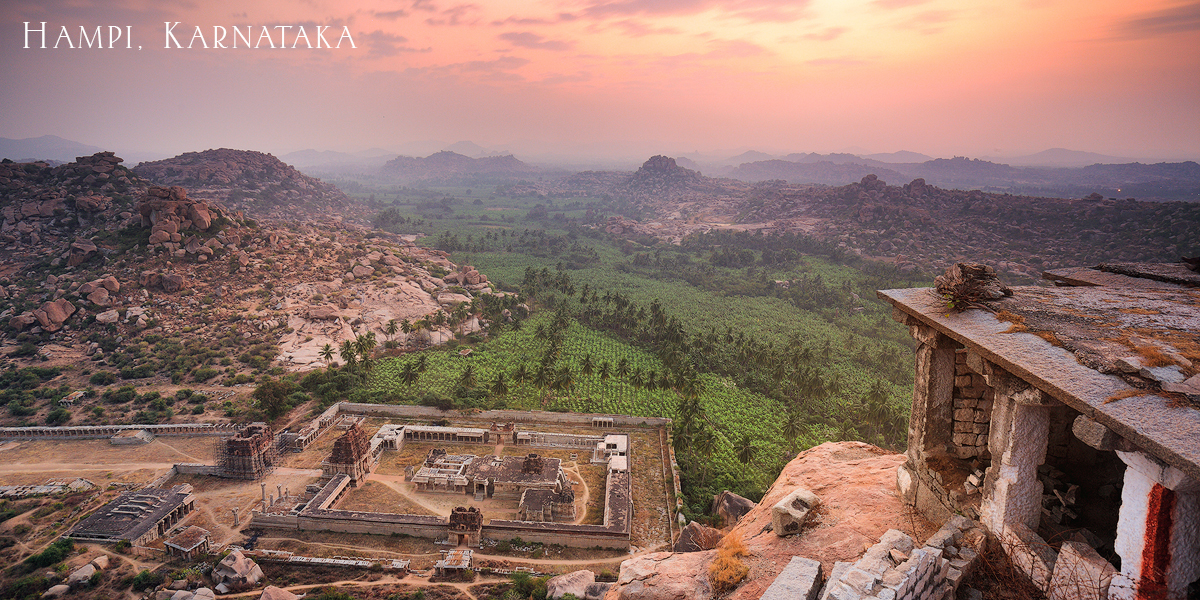
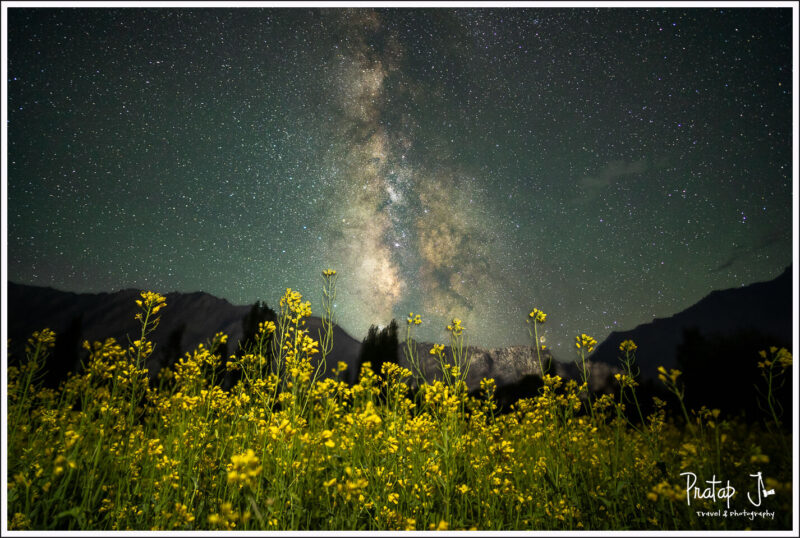
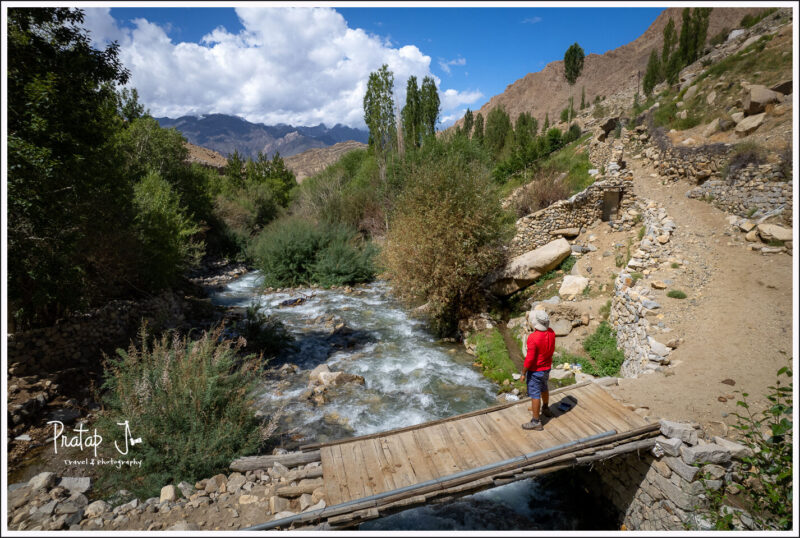
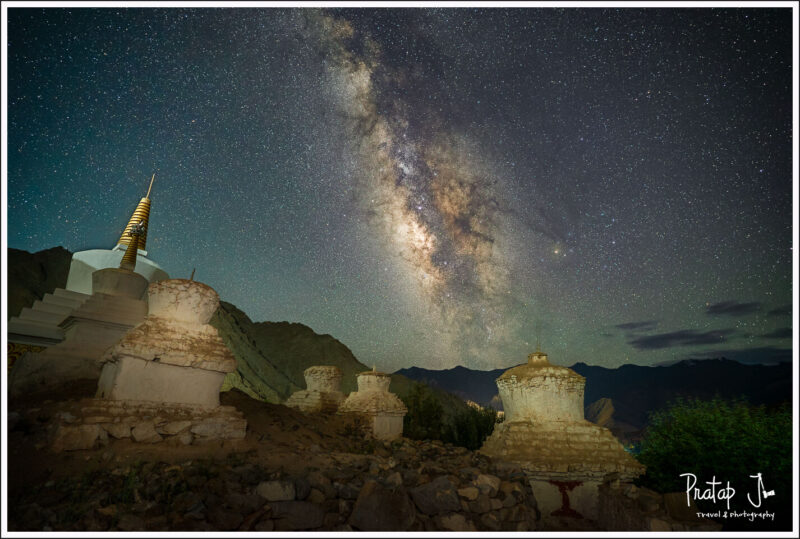
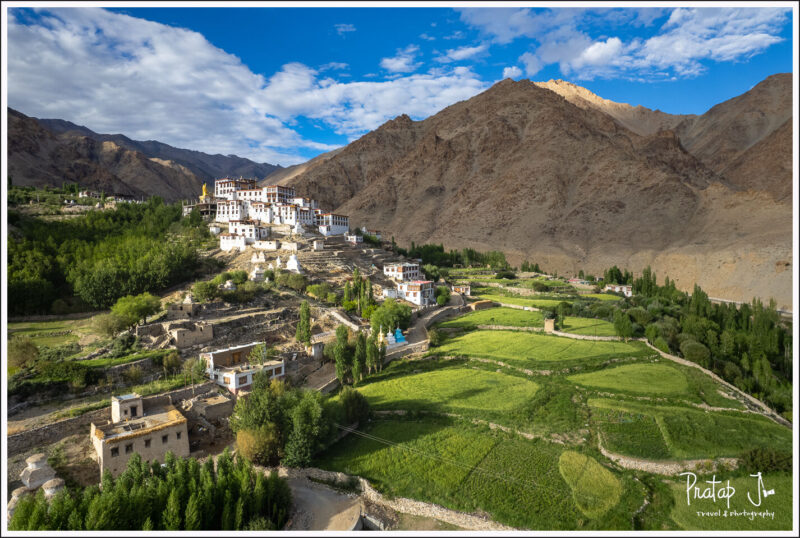
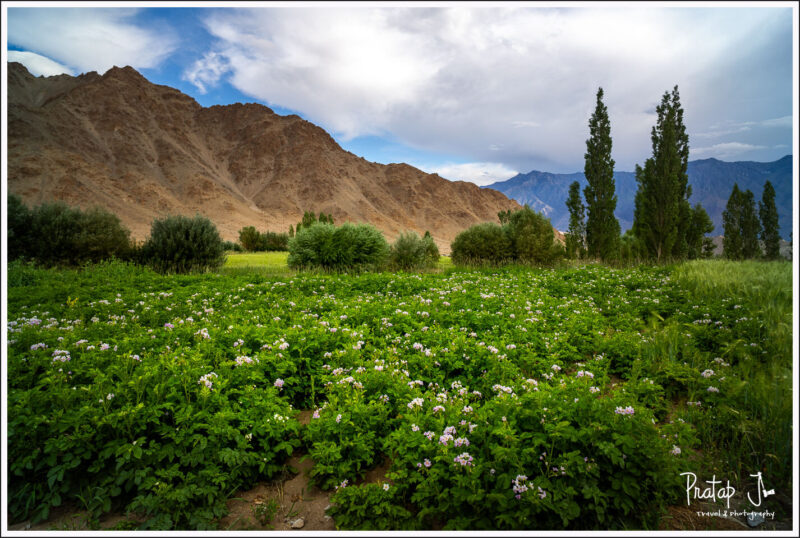
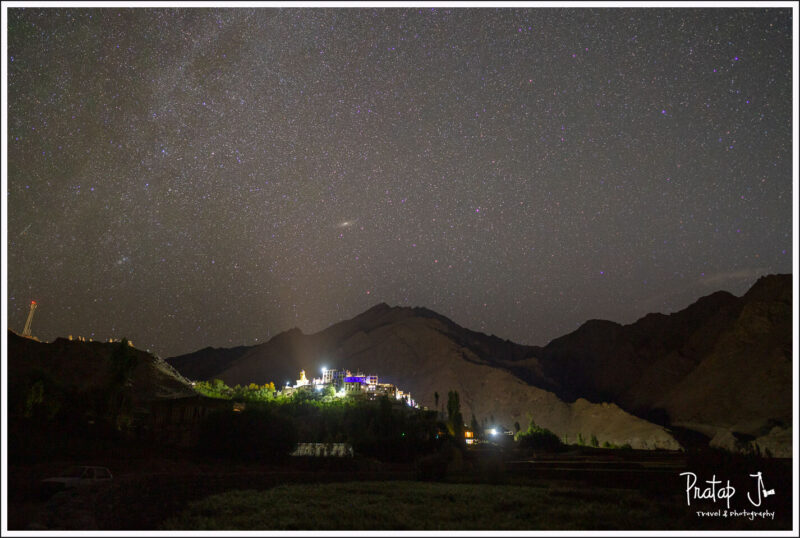
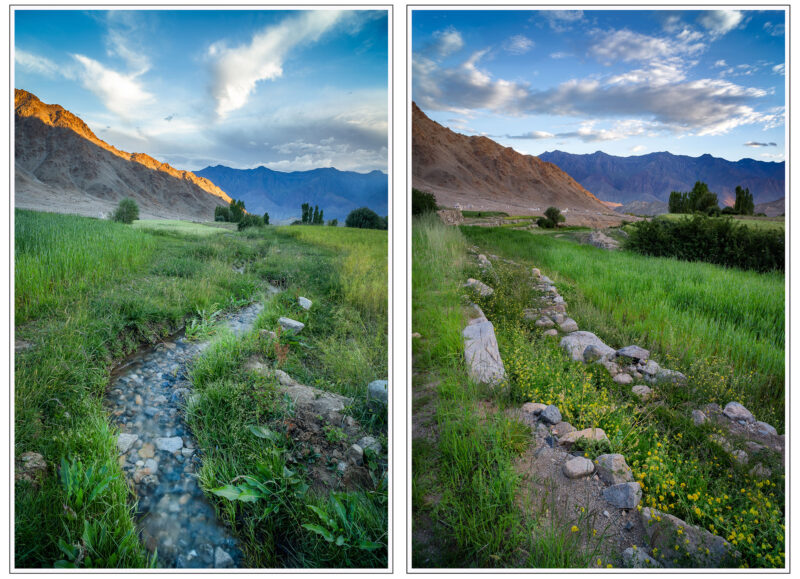
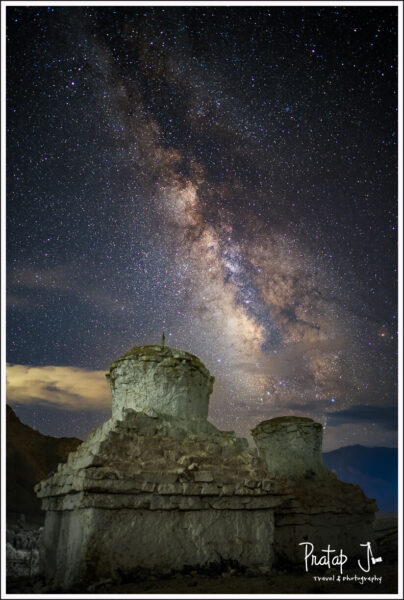
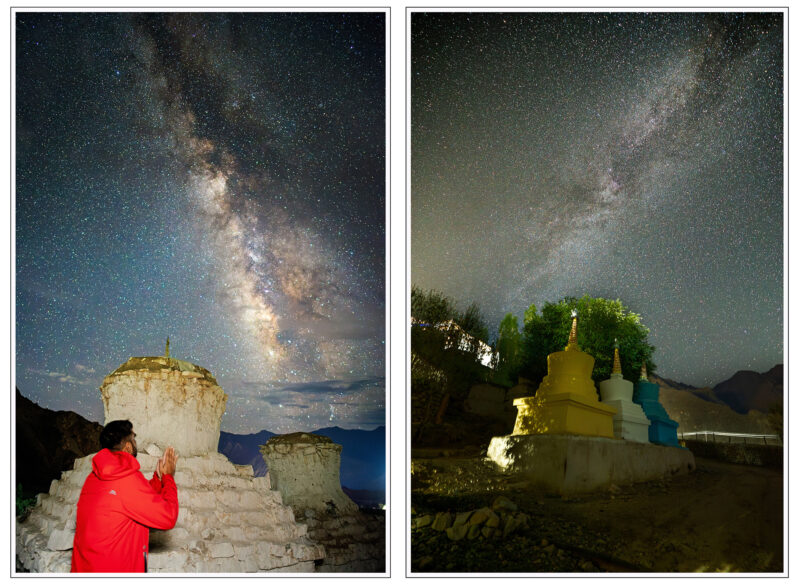
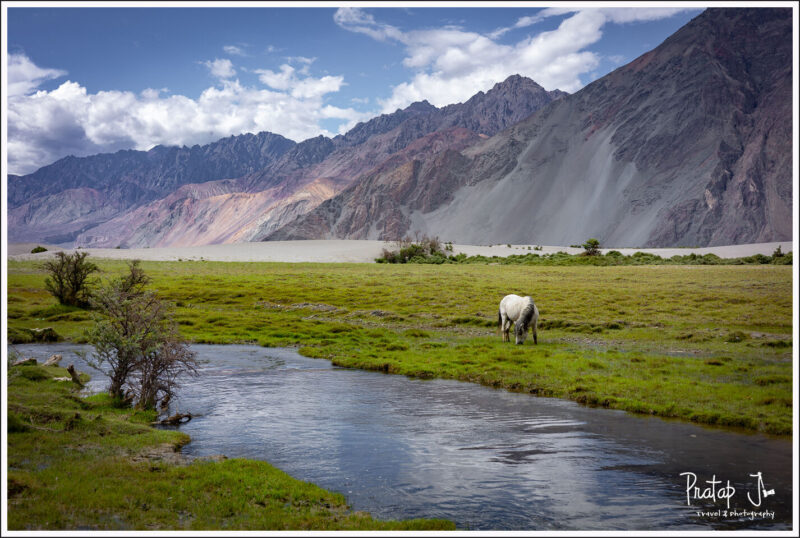
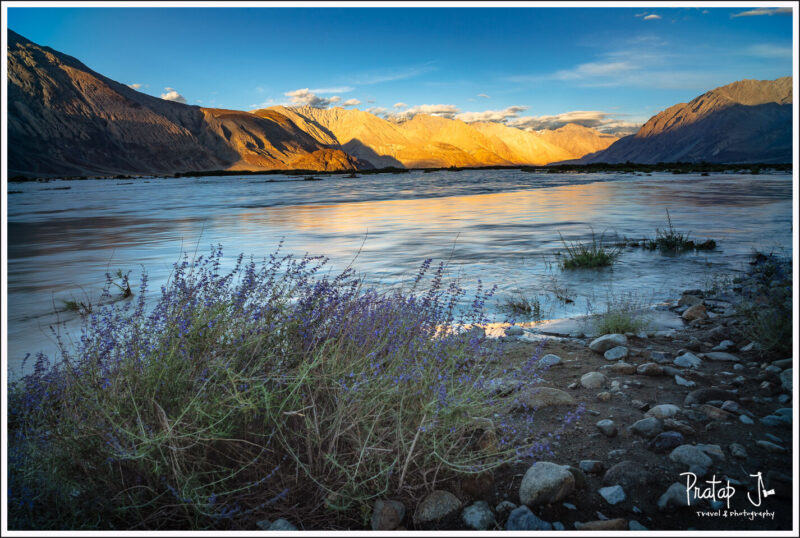
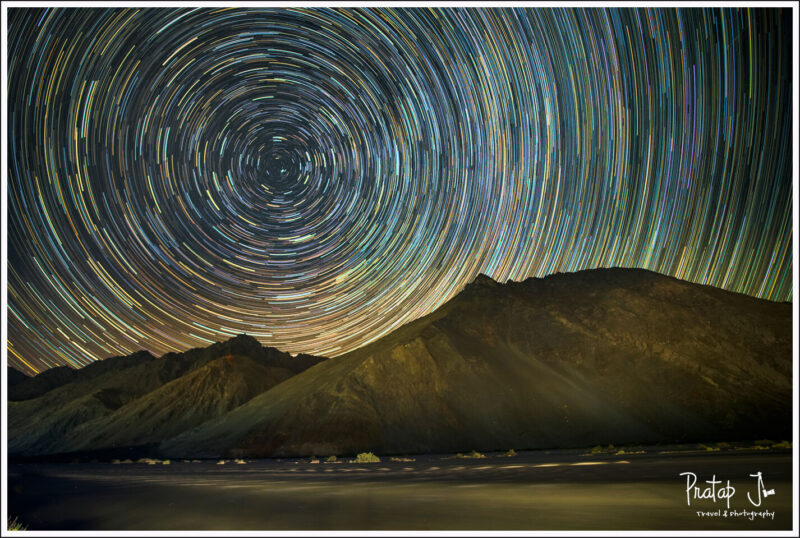
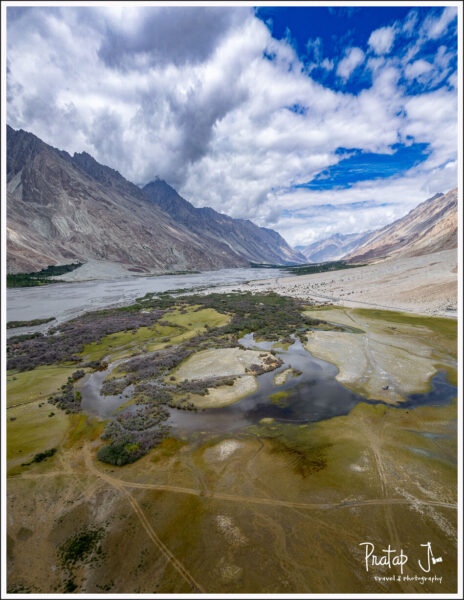
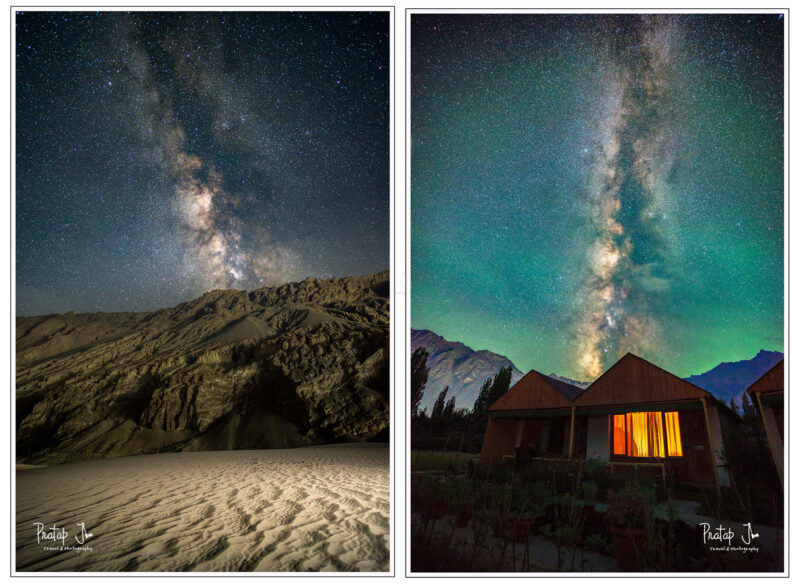
2 Comments
Fabulous pictures and brilliant write-up, as usual. Loved the star trail and the MW compositions 🙂
PS – Googling Likir now!
Amazing write up Pratap, keep the blog culture going, however low are the incentives. There are people who will recognise the efforts.